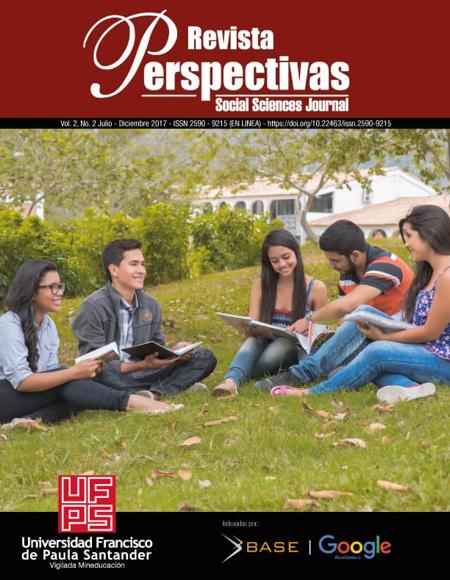Obstáculos epistemológicos sobre los conceptos de límite y continuidad en cursos de cálculo diferencial en programas de ingeniería
Obstáculos epistemológicos sobre los conceptos de límite y continuidad en cursos de cálculo diferencial en programas de ingeniería
Main Article Content
Many investigations have been carried out with the objective of identifying the difficulties that students have in the learning process of the different mathematical concepts. Some studies have highlighted that the process of teaching mathematical knowledge by teachers in secondary and secondary education in Colombia, has been limited to a minimalist expression of algebraic processes that in no way contribute to the understanding and appropriation of these concepts of origin abstract. Students who enter the various engineering programs in the university must immediately face a Differential Calculus course, which will demand from the student a whole series of competences around the numerical, variational and spatial thoughts. It is in this scenario where we seek to identify the epistemological obstacles presented by the students of the Faculty of Engineering programs at the beginning of the academic training process at the UFPS. An instrument was designed that incorporates a series of activities that use diverse registers of semiotic representation tending to determine the level of appropriation that the students have around the concepts of limit and continuity. From the findings it is highlighted that students assume the concepts of limit and continuity as equals.
Downloads
Article Details
Dreyfus, T. y Eisenberg, T. (1991). On the reluctance to visualize in mathematics. EnW. Zimmermann y S. Cunningham (Eds.). Visualization in teaching and learning inmathematics (pp 25-38). MAA Notes No. 19
Dubinsky, E., y Harel, G. (1992). The Concept of function: aspects of epistemology and pedagogy. Washington, DC: Mathematical Association of America
Hernández, C. A., Jaimes, L. A. & Chaves, R. F. (2016). Modelos de aplicación de ecuaciones diferenciales de primer orden con Geogebra: actividades para resolver problemas de mezclas. Mundo Fesc. 11, 7 – 15
Hitt, F. (2003). Dificultades en el aprendizaje del Cálculo. In XI Meeting of Middle-Higher Level Mathematics Teachers, Michoacan University San Nicolás de Hidalgo, Morelia (Mexico)
Jaimes, L. A. Chaves, R. F. & Hernández, C. A. (2015). Planteamiento de una ecuación diferencial lineal de primer orden que modela un problema de mezclas: Una dificultad en la movilización entre registros de representación, lengua natural y algebraico. Elementos. 5, 23 – 31
Prada, R. Hernandez, C. A. & Jaimes, L. A. Contreras (2017a). Representación semiótica de la noción de función: concepciones de los estudiantes que transitan del Colegio a la Universidad. Panorama. 11(20), 34 – 44, doi: http://dx.doi.org/10.15765/pnrm.v11i20
Prada, R. Hernandez, C. A. & Jaimes, L. A. Contreras (2017b). Representaciones semióticas alrededor del concepto de función en estudiantes de ingeniería. Revista Góndola, Enseñanza Y Aprendizaje De Las Ciencias. 12(2), 32 – 49. doi: 10.14483/udistrital.jour.gdla.2017.v12n2.a2
Prada, R. Hernandez, C. A. & Ramírez, P. (2016). Comprensión de la noción de función y la articulación de los registros semióticos que la representan entre estudiantes que ingresan a un programa de Ingeniería. Revista Científica. 2(25), 45 – 72. doi: http://dx.doi.org/10.14483//udistrital.jour.RC.2016.25.a3
Santos, L. (1994). La resolución de problemas en el aprendizaje de las matemáticas. Cuadernos de investigación. Departamento de Matemática Educativa. CINVESTAV-IPN, México.
Vallejo, C., & Pluvinage, F. Investigaciones sobre la enseñanza del Cálculo.




 Perfil Google Scholar
Perfil Google Scholar



